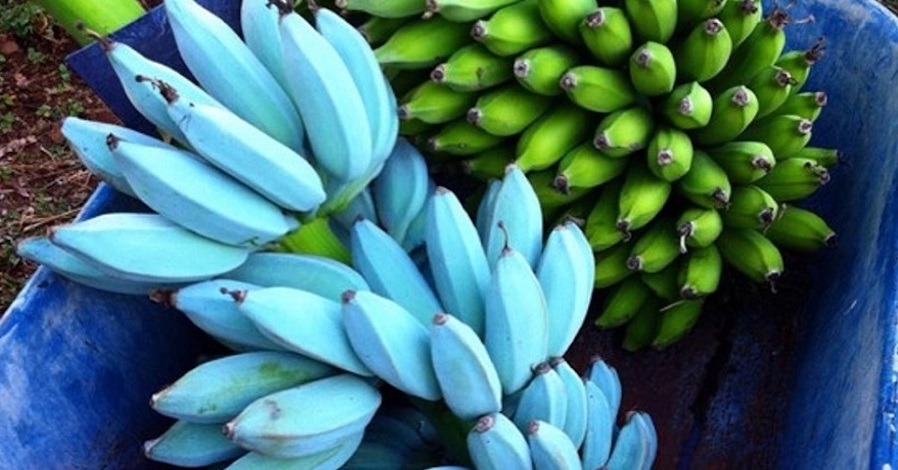

Another strain of the fungus known as tropical race 4 (TR4) has been devastating the Cavendish (among other bananas), leading to concerns about the fungus crippling banana production and potentially contributing to economic loss and food insecurity in Latin America and Africa. cubense, which causes Panama disease, has been hitting the Cavendish hard in recent years. And while that's still true, the fungus Fusarium oxysporum f.sp. The Cavendish thrived because it was thought to be genetically resistant to Panama disease. Approximately 40 percent of global banana production today consists of the Cavendish, making it the de-facto king of the banana world. Then, the Cavendish banana came along en masse. pre-World War II, it dropped off the market after it was brought down by Panama disease. Although the Gros Michel was the "it" banana in the U.S.

We've seen this happen before with the Gros Michel ( Musa acuminata 'Gros Michel') banana, also known as 'Big Mike.' (Bananas have fun names, if you haven't realized that yet). The Blue Java flavor is supposedly similar to vanilla ice cream. This combination creates a mouthfeel similar to ice cream, especially if the fruit has been chilled. Their texture is creamier, denser, and much juicier than everyday Cavendish bananas. Everyone from scientists to the media have proclaimed that a banana crisis is unfolding before our eyes. The creamy white flesh of a Blue Java banana is a milder-tasting version of the regular variety. The growing interest in more unorthodox bananas like the Blue Java comes at a time of great disruption in the global banana market. But watch out: These bad boys can grow to heights of 15-plus feet (4.57-plus meters). The blue java banana is a banana species from Central America that has the unique flavor of ice cream and blue-tinted skin. If you live in zones 8-11 on the hardiness scale, you can plant them outdoors in your backyard if you live in a zone 4 or higher, you can grow them on your patio and and move them indoors during chillier times of year. Unlike other bananas, Blue Java can survive colder climates. For our friends in Hawaii: Several local growers cultivate the Ice Cream banana, so scout out farmers' markets on the big island and Oahu.īut if you don't want to spend a fortune shipping bananas or traveling to Hawaii, you can always try purchasing a tree and planting one in your own backyard or even indoors. You can purchase the banana in bulk from this Florida-based company. Options for acquiring the Blue Java outside of Asia and the South Pacific are limited. Others suggest mixing it into a smoothie with peanut butter or doing the old trick of freezing and blending the bananas to make an all-natural ice-cream alternative. It's also widely known as the "Ice Cream" banana for its sweet and soft flesh, which bears a similarity in taste to vanilla custard or ice cream. Its white flesh contains black seeds, which isn't exactly common for a dessert banana. The unripe fruit takes on a greenish-silver-blue hue due to its wax coating, hence the name. Banana enthusiasts in recent years have begun flocking to richer alternatives like the Blue Java banana ( Musa acuminata 'Blue Java'), which is grown in many parts of Asia, Australia and Hawaii.

Follow the simple instructions below to plant your tree on the ground.


 0 kommentar(er)
0 kommentar(er)
